What Have We Learnt in 2021 and Where Will it Take Us in 2022?
Stephen Roberts, Head of Sales at CMD Ltd, discusses the challenges and opportunities of 2021 and what lies ahead in 2022.
[Find CMD on the BCFA Product Finder]

There is a process that psychologist, Bruce Tuckman, first defined in the 1960’s for the way a team works. It has four steps – forming, storming, norming and performing. It’s a journey that could also be used to describe what’s happened since December 2019, when the pandemic was first forming and we had no idea what lay ahead during the storming period in 2020. As we reach the end of 2021, it’s clear that the past few months have been a norming period, when we’ve accepted that change will be considerable and that adapting is not just something we need to do once, but a culture we need to adopt. Which means – yes, you guessed it – if we’ve adapted and evolved sufficiently, 2022 will be a year of performing.
It’s a simple analogy, but one that will ring true across a wide range of sectors, including product manufacturers like CMD, along with specifiers, facilities managers and M&E contractors. None of us have ever had to anticipate and respond to the challenges of a pandemic before but we’ve learned a lot along the way, not least the value of agile thinking and creative problem solving.
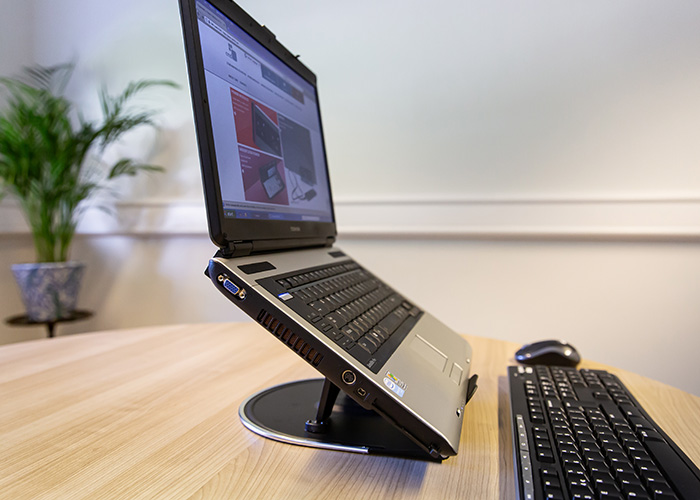
Overcoming challenges
The neat, linear progression of Tuckman’s model doesn’t fit quite so neatly into our 2019-2022 journey as it might first appear, because the commercial fit-out market has been performing much better than many expected 2021. At CMD, we’ve seen demand for our Betatrak® powertrack and Power Hub power distribution systems and accessories recover to pre-pandemic levels during 2021 and our workstation power modules are also performing well, as people return to their office environments and make more permanent arrangements for working from home. However, along with both our customers and our supply chain partners, we’ve also faced an array of challenges that have required adaptations to the way we operate and what our customers need from us.
Staffing challenges have affected all aspects of the delivery chain as we’ve adjusted to a competitive recruitment market and the continuing juggling act of keeping everyone safe from the virus by implementing social distancing and respecting self-isolation requirements. For CMD, responding to this challenge has involved making operational changes in our Rotherhamhead office, enabling us to maintain agile production schedules to respond to demand in real time and communicate lead times with transparency. It’s also involved enabling people to work from home and delivering much of our sales and technical support capability remotely. Technology has helped and will be part of our toolkit for managing relationships longer term, but the experience has highlighted just how integral to customer relationships face-to-face contact is.
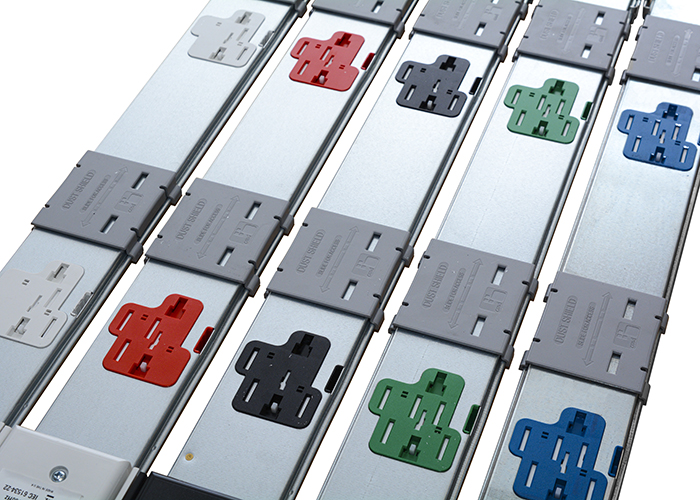
We know that our customers have been facing similar challenges, and part of the norming process has been looking at ways in which we can support them as they catch up on disrupted schedules and deal with disruption to their teams. Providing accountability and reliability of supply is part of that offering, and the rapid installation benefits of our modular power distribution systems is another.
The supply chain challenges and the price volatility we’ve seen in 2021 also look set to continue into 2022. Again, planning and effective communication throughout the delivery chain are critical to working around this issue. During 2021 we have been urging customers to work with us as early as possible in the specification process to ensure the risk of disruption and delays is mitigated. It’s an approach that we have always advocated because it brings additional benefits in terms of value engineering and overcoming potential buildability or compliance issues, so development of this as a culture is a positive outcome of this turbulent period for both CMD and our customers.
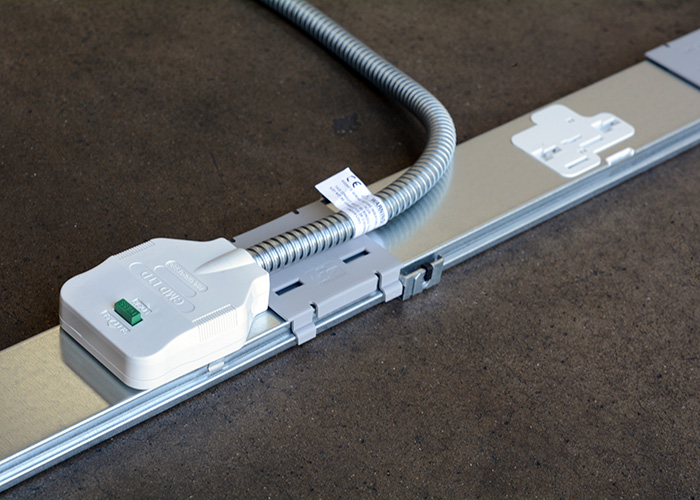
Embracing opportunities
The positive aspect of a period of significant change is that it forces people to think differently and creatively about how things could be done better. The panicked abandonment of the office during the first lockdown has been followed in 2021 by a considered reappraisal of what commercial environments should look like, how they should operate and what building services adaptations are needed in order to help them evolve successfully. In 2020, CMD launched a range of homeworking products and product bundles to enable people to work productively and safely from home and those products continue to be popular. But during 2021, employers and employees alike have not only learned the benefits of enabling working from home; they have also begun to appreciate the value of social interaction and collaboration in the office.
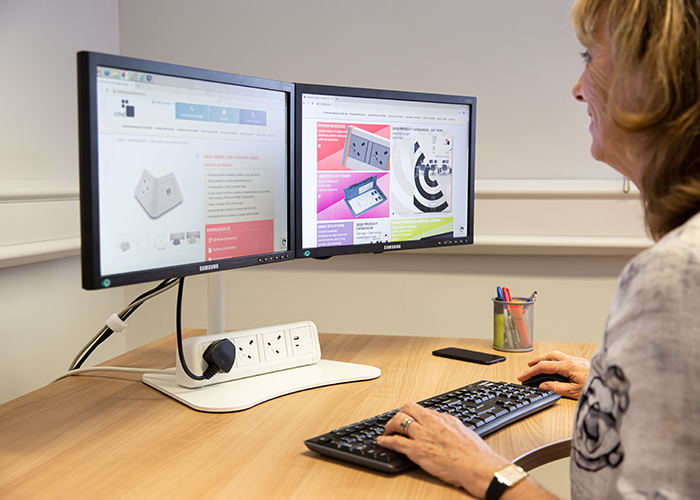
Those who rang the death knell of the office back in the days when video meetings were a novelty did so prematurely. Since then, we’ve learned how draining it is to interact over a screen, how much non-verbal communication we miss and how isolating working from home can be for many. Avoiding the daily commute and focusing on work with no distractions are clear advantages to working from home, but we’ve learned that homeworking is not as beneficial for wellbeing or productivity as first thought. People, on the whole, are social creatures, and a commute from the bedroom to the kitchen prevents human contact with people outside your own household, along with the formal and informal interactions that are so much a part of the way teams and companies operate.
What we’re finding now, therefore, is that employers, FMs and building owners are looking for ways to make offices more people-centred and bring colleagues together again as a community. Few believe we will ever go back to old models of a 9-5 day at an allocated workstation five days a week, so reconfiguration is required to make agile working viable, and new layouts are being implemented with a focus on future flexibility to ensure commercial environments can respond to continuing change. Modular power distribution systems, such as CMD’s Betatrak, which allow layouts to be scaled up or revised easily with new or re-positioned tap-offs, are ideal for this trend.
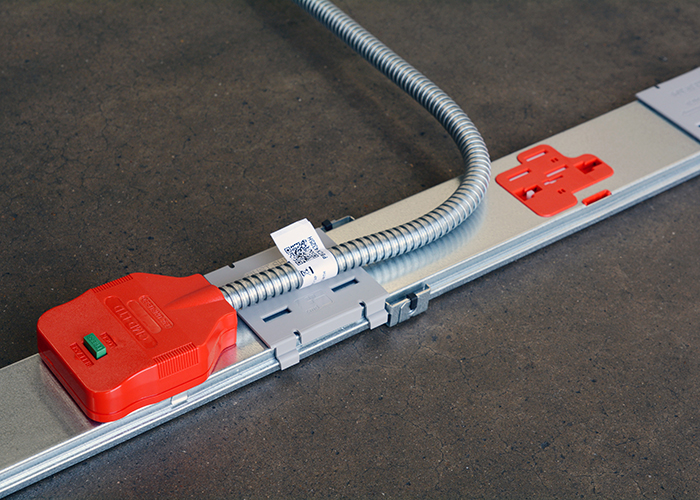
Meanwhile, the collaboration made possible by remote working, which enabled cross-team cooperation and an end to the silos created by seating plans, is now being nurtured by technology and furniture design. Workstation power modules that can be integrated into communal tables or meeting booths with power, rapid USB fast charging and wireless charging capabilities for individual or collaborative use will become the norm. CMD already has a wide portfolio of modules that answer this trend and along with two exciting product launches coming up in 2022.
Valuable learning
It seems likely that uncertainty will continue into 2022, with the virus and commercial factors continuing to create a challenging environment across the building services delivery chain. However, the industry is much better placed to roll with the punches than we were this time last year and it will be the companies that have learned as changes have unfolded who are best placed to capitalise on the opportunities to come.
Contact CMD on the BCFA Product Finder
The BCFA Product Finder is a unique search engine created especially for interior designers to source contract furnishing companies. Utilising this platform will support your findings for upcoming projects, with over 200 members profiles showcasing the latest product launches, new materials available, industry news, and design trends.




